A former co-worker reached out to me and wanted to know how to pass Scrum.org’s Professional Scrum Master I (PSM I) assessment. Below I describe my path to certification and how to get the most out of the PSM I assessment experience.
[featured-image single_newwindow=”false” alt=”PSM I Assessment Certificate | Scrum.Org” title=”PSM I Assessment Certificate | Scrum.Org”]PSM I Assessment Certificate | Scrum.Org[/featured-image]
The PSM I assessment is an 80 question examination with a 60-minute time box. The questions are a mix of multiple choice and true false. To pass you must score at minimum an 85%, which means you need to get 68 questions right or better to become certified.
Scrum.org made the interesting decision to not require a class in order to take their assessments. This means that anyone who wants to try to gain the Professional Scrum Master I credential only needs to pay the $150 fee and pass the exam.
There are many paths that people have taken to get a passing score. Here’s my path to obtaining this certification followed by the steps that I think are valuable to people trying to pass this assessment.
Before pursuing the scrum.org certification path I had been working in an agile way for the previous 10 years. I started as a java developer, later moved in to project management and finally people management.
Even with 10 years of experience with agile and scrum, I decided to take the scrum.org Professional Scrum Master course. I am fortunate to live close to Professional Scrum Trainer Dr. Chuck Suscheck and got a lot out of his class and subsequent mentoring on scrum and agile.
His class is excellent and gives the participants a solid basis for understanding scrum and the practices that support delivering value to your organization. He starts with values and principles and takes a deep dive in to how scrum works and how to implement scrum in real world situations.
I took the exam a few days after the class and managed to pass with a good score.
Clearly, I recommend the Professional Scrum Master course. It’s a great opportunity to learn about scrum in a group setting. The learning that takes place is valuable not only for understanding scrum, but for also creating relationships with other agile practitioners.
However, the class is expensive ($1,200+) and as mentioned earlier, it is not required to get certified. For those of you who plan on taking the PSM I assessment without taking the class, these 4 practices will help make sure you are successful:
- Read the Scrum Guide…Often: I read the scrum guide 2-3 times per week. This not only keeps the scrum framework fresh in my mind, I often find myself gaining new insights in to scrum the more I read about and inspect the roles, artifacts, and practices outlined in the scrum guide.
- Take the Open Assessment…Often: I don’t recommend taking the PSM I assessment until you are consistently scoring 100% on the open assessment. There is some overlap between questions on the PSM I assessment and the open assessment so you can get a few right answers for “free”. More importantly, the open assessment gives you a feel for how the real exam is administered.
- Favor Empowering the Team: If you are unsure about an answer, try asking yourself which of the available options empower the team. Scrum calls for teams to self-organize and self-manage. Answers that violate these practices will likely not be right.
- Read and Understand the Agile Manifesto: The values and principles of the agile manifesto are at the core of scrum. You must understand the manifesto to truly understand the “why” behind the scrum roles, artifacts, and practices.
I wish you luck as you prepare for the PSM I assessment. If you follow the advice I’ve laid out, you should have a great chance of understanding scrum at an intermediate level and passing the exam.
I’m looking forward to hearing how all of you do!
[reminder]What are your experiences with the PSM I? What are your best tips to help others successfully pass the assessment?[/reminder]
